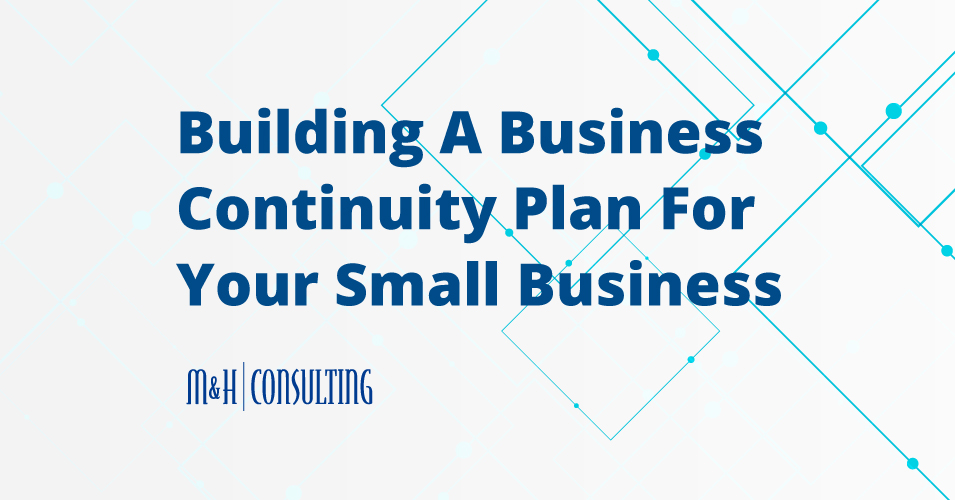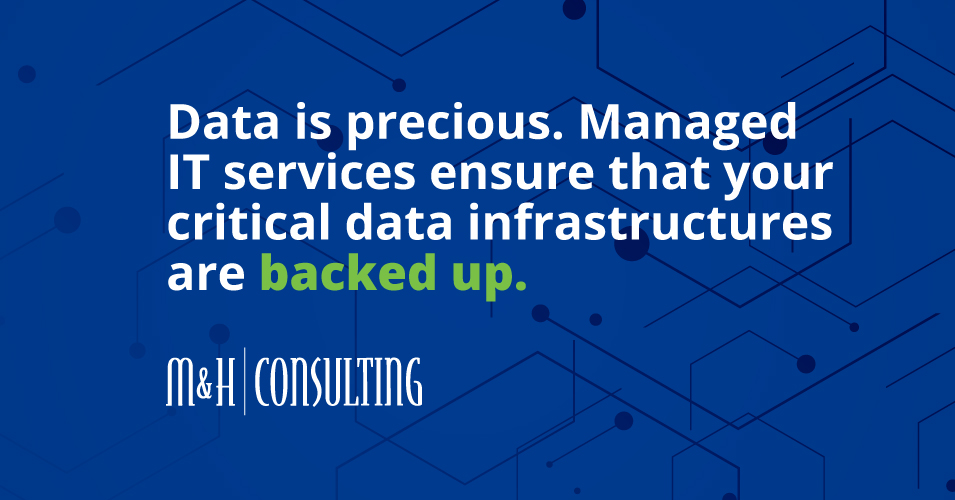While running a small business is hard enough, there are many unfortunate circumstances and natural disasters that can dismantle business operations. The past year and a half have proven that companies of all sizes must have a plan in place when these circumstances occur.
Today, let’s explore business continuity plans, and why your company needs to have a business continuity plan in place as soon as possible.

What Is A Business Continuity Plan?
A business continuity plan (or BCP) is a set (or multiple sets) of protocols that ensure the survival of your business when an unexpected circumstance occurs that can potentially threaten your operational functionality.
These circumstances, such as natural disasters, widespread blackouts, cyber-attacks, global pandemics, etc., have the potential to wipe your business’s data, including client accounts and other pieces of essential data that your organization requires to function properly (or at all).
Why Are Business Continuity Plans Important?
Business continuity plans aren’t only a good idea, they are an absolute necessity. In today’s business environment powered by digital capabilities and remote/hybrid workers, continuity plans are more important than ever before (and they were pretty important before).
The pandemic showed many organizations around the globe how delicate normal daily operations really are and how disruptions can lead to serious consequences.
Without the proper planning, testing, and expert technical support, a disastrous event can potentially destroy your business overnight.

Steps For Creating An Effective Business Continuity Plan
An Honest Risk Assessment And Business Impact Analysis
The first step towards forming an actionable BCP is to perform an honest risk assessment and business impact analysis within your organization. If necessary, assemble a team of IT experts and the heads of your various departments to assess critical business operations and potential security risks.
You should also make notes of your geographical location. What threats does your company face on a regular basis? For example, nor’easters and blizzards are a constant threat in New England during the winter months (usually). Ask yourself, how can these events threaten my company?
Form Data Recovery Strategies
Once you have discovered and listed out all potential threats, it’s time to come up with recovery strategies tailored to your company and your daily business operations. These range from digital solutions, such as routine cloud backups or physical data backups to protect your physical assets, such as office equipment and furniture.
At this step (and really, every step), you should be consulting with your team leaders, employees, and outsource or in-house IT personnel to determine the best recovery strategies for your business. Make sure that you prioritize the operations necessary to keep your business afloat over the coming days, weeks, or months.
Setup A Business Continuity Plan
After forming your strategies, it’s time to organize and put your business continuity plan in place, starting with a framework put together by you and the team representative of your prioritized goals.
Here, it’s important that your employees are assigned a task and that they know exactly how to complete that task ASAP in the event of a disaster scenario. This is also where you can designate alternate facilities or digital platforms that can be used to pick up the slack when one section of your business goes down.
Test, Tweak, And Repeat
After you have formed a business continuity plan, it’s time to test your plan. This can be done by walking through the steps as well as performing a simulated disaster scenario. Once you have completed your test, assess where your strengths and weaknesses are. Then, tweak, and test again until you have a fully functional BCP.
Perform Routine BCP Assessments
However, perfecting your BCP isn’t where disaster prevention ends. Over time, it is significant that you perform routine tests and assessments regarding your current business continuity plan.
As we have all seen, things can change in an instant. Keeping ahead of the curve and monitoring digital changes alongside your own organization’s internal growth and tweaking your plan accordingly is the best way to prevent operational failure in a disaster-level threat.
Categorised in: back up, business continuity, Business Transformation, disaster recovery
